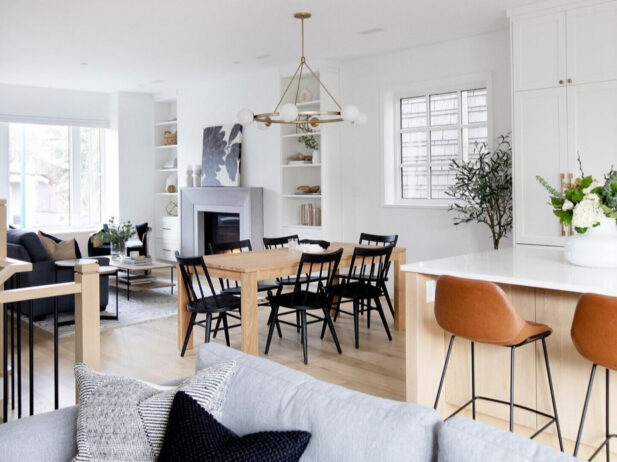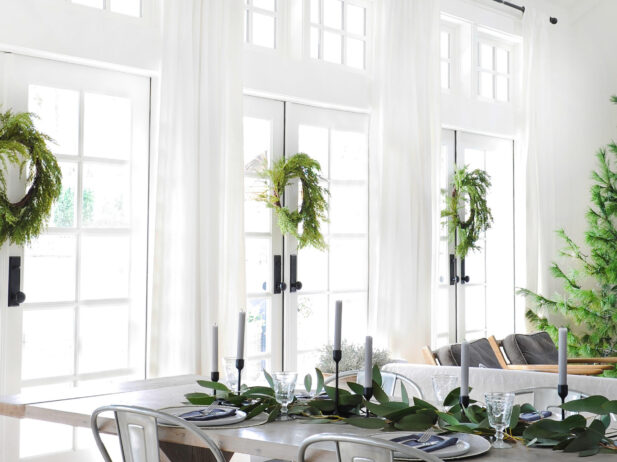
A student from Sharon Hanna’s Growing Food in the City course learns not only about gardening but also about community and self
When life got entirely out of control—and for a few years it really did—the garden had to be let go. It became Darwin’s Garden where the lay of the land was survival of the fittest, and I tried my best not to look at it while getting in or out of the van. That was the closest I got to the yard during that period.
Finally, and at last, the maelstrom subsided and what could be salvaged had been saved. Most of it died—a kind of symbolism that is hard to escape. My husband was dead and my daughter was still chronically ill, but was no longer in current mortal danger. We had moved to a new house with a new life and a smaller, yet sunnier yard. It was then that I signed up for a garden class, looking for evidence that there was still some room in my life for “me”. Perhaps I was looking to grow myself as much as the fruit and veggies.
I registered for Burnaby’s course on Growing Food in the City, thinking a potager would feed my need for peace, while it nourished my children’s growing bodies. I thought the plants didn’t mind my occasional tears nor did the ground care how hard I sometimes dug. From the garden’s point of view, it’s all compost in the end.
The other class members signed up for their own reasons. Some were competent, no-nonsense professionals whose rugged vehicles, stacked with tools and painted with company names, hinted they might be there mainly for the piece of paper. The rest consisted of an assortment of newer arrivals to the idea of growing their own food.
A charming young Korean woman had nothing but her parents’ balcony for a farm, but had a lot to show us about making kim chee at our class on preserving the harvest. A 20-something American soccer player sought to explore whether this might be a potential career path now that she had followed her boyfriend to UBC. One lean young man had the gallant looks of a movie actor, the brain of a Fulbright scholar, and a tender attitude to soften it all. He was planning to marry soon, so the class pitched in toward his goal of growing enough potatoes to feed 100 guests.
There was a smattering of newly retired people seeking to hone their abilities. Among these was a good-humoured Italian man who could grow more food than the teacher and who always used the article “the” in front of the word “wife.” And the mad-eyed physicist mystified us all as to why he was there.
Then there was the teacher, Sharon Hanna. She combined a profound knowledge of the plant world with stand-up comedienne delivery, keeping us laughing without losing our focus. Though I started out anticipating a rigorous, academic style structure, she won me over bit by bit to a gentler, more holistic approach. It seemed fuzzy on the edges sometimes, but proved to be more in tune with the capricious nature and social reality of gardens themselves. Just as planting is an inherently optimistic venture, it is also famously “next-year country”—a place where one continually tries again, each time a little bit differently. Sharon helped me make this connection and continues to be a mentor in so much more than gardening.
Sure, we learned about growing food in the class. There were sessions on soil and pests and pollinators, on planning and seeds. I can now recite the attributes of open pollinated, heritage strains compared to those of modern hybrid plants. In fact, before the class was over, I had parlayed myself into a job at a Victorian historic farmhouse garden. True to my own nature, however, I also learned about storytelling and community.
My knowledge of gardens remains poetic rather than deep. The class turned out to be a supportive collection of people with an interest in gardens, food and the environment; each with something unique to contribute. It was, indeed, a place of growth and some of us still keep in touch.
In the end, what we can all hope to do is: tend our own gardens, learn to adapt and survive.
~ Written from Bedlam, Tasha Nathanson’s suburban peasantry.







